Bicycle Rodeo has quickly become the go-to choice for our spring derby here at Pack 170. Why? Simple. I mean that it is a simple event to plan, stage, and conduct but it delivers miles and miles of fun. The cherry on top is it can double as a recruiting event. This article is your guide for bicycle rodeo success.
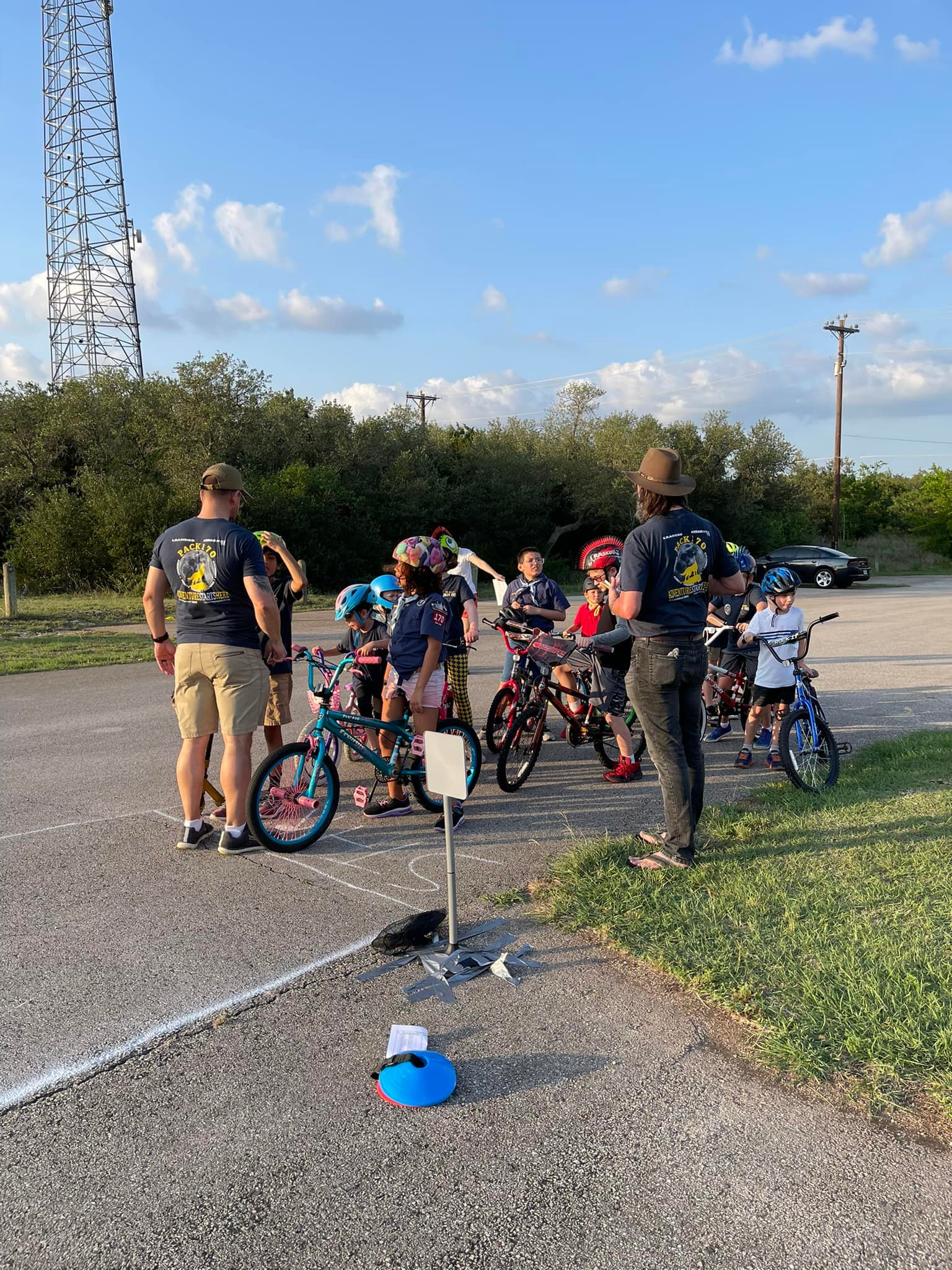
Planning
It is always best to share the load so your Pack Derby Chair should recruit a subcommittee of parents to help with planning the event and members of that committee should help recruiting the staff to run the event from pack families as well as Scouts BSA units.
The first step is to choose the challenges you want to have in your bicycle rodeo. Go big at this point. Brainstorm ideas for fun, but challenging, activities that will give the participants an opportunity to gain important knowledge and practice critical skills. When you choose an event, list the knowledge and skills that are essential to the activity in the description. Also identify staffing and materials needed for the activity along with a description of hou to setup and conduct the station. If you document it all from the start, next year’s rodeo will be much easier. Here are some example activities:
STAFF: A – Adult, S – Scout, SS – Senior Scout
Turtle Drag Race
Description: Participants must peddle from start line to finish line a SLOW as the can without putting their feet on the ground or falling. Individuals time stops when any part of their body contacts the ground or supporting structure, they reach the finish line, or they go out of bounds. No zigzagging (artificially lengthening the course). Tricycles and other ingerently stable vehicles may participate but are ineligible for prizes.
Scoring: Longest time wins.
Skills & Knowledge: Teaches bicycle control at low speeds.
Staff: Station Chief (A / SS), Recorder (S), Optional Spotters (S)
Materials: Sidewalk Chalk, Timer / Stopwatch, Record Sheet
Setup: Mark a starting line and finish line approximately 20 feet apart. Connect the ends of the lines to form a rectangle to define “out of bounds”. Use natural boundaries where practical (curbs, etc.) Make the rectangle wide enough to allow up to 10 riders simultaneously.
Conduct: Run in heats. Brief the participants on the rules (see description). Line up all participants, start at same time. Spotters call out participant ID when their time ends. Recorder annotates the time for that participants. Should allow participants to race more than once to encourage improving this skill.
Helmet Fitting
Description: Participants / families learn how to properly fit a bicycle helmet through discussion and demonstration.
Scoring: Part of the “Pit Crew” multi-station award. Record attendance.
Skills & Knowledge: Proper helmet fit.
Staff: Station Chief (A / SS),
Helper(s) (A / SS / S)
Materials: Fitting guidelines,
Helmet fitting handouts,
Attendance Sheet
Setup: Choose an area in the shade / covered if possible.
Conduct: Fit each participant’s helmet as you discuss the “how-to”.
Straight and Narrow
Description: Participants ride a straight and narrow course in a timed event, avoiding obstacles along the way.
Scoring: 1 point per second elapsed. +2 points per second outside the narrow course. +10 points per second outside the broad course. + 5 points per obstacle touched.
Skills & Knowledge: Maneuvering at speed. Bicycle control at speed. Observation.
Staff: Station Chief (A / SS), Helper(s) (A / SS / S)
Materials: Sidewalk Chalk, Sponges, Water Bucket, Score / Attendance Sheet, Stopwatch or timer.
Setup: Draw the narrow course approximately 3 ft. wide and 50 ft (or longer) long. Add a second set of lines about 1.5 ft on either side of the narrow course to mark the broad course (6 ft wide). Dampen sponges and place them on the course as obstacles. Most obstacles should be within the narrow course.
Conduct: Single participant at a time. One person times the run. One or more others observe for boundary violations and obstacle contact (damp sponges make this easy to tell). Timer starts the run and provides time score to scorekeeper (may be combined with timer). Observer(s) provide score modifications. Lowest score wins.
Pit Stop
Description: Participants learn how to perform basic bicycle repair and maintenance such as putting their chain on, fixing a flat, tools they should carry for road repairs, etc.
Scoring: Part of the “Pit Crew” multi-station award. Record attendance.
Skills & Knowledge: Basic bicycle maintenance and repair.
Staff: Station Chief (A / SS), Optional Assistant (S)
Materials: Bicycle, Toolkit, Attendance Sheet
Setup: Choose an area in the shade / covered with a flat surface.
Conduct: Demonstrate the desired skills: Flipping bicycle upside-down for easy access to wheels, Show contents of toolkit, derail, and re-rail the chain. Remove tire from rim and replace, eyc.
Safety Briefing
Description: Participants learn bicycle safety from police department bicycle team includine rules of the road.
Scoring: Part of the “Pit Crew” multi-station award. Record attendance.
Skills & Knowledge: Rules of the road.
Staff: Station Chief (Police)
Materials: As needed, Attendance Sheet
Setup: Choose an area in the shade / covered if possible that can accommodate all participants.
Conduct: Police department provides syllabus for the safety briefing. Do all participants together as first station. Be prepared to do subsequent briefings for late arrivals.
Streetwise
Description: Participants navigate a simulated street course observing proper safety and obeying the rules of the road.
Scoring: +5 points for each observed proper behavior. -2 points for each safety violation. Highest score wins. NOT a timed event.
Skills & Knowledge: Rules of the road. bicycle safety, obeying street signs.
Staff: Station Chief (A / SS), Helper(s) (A / SS / S)
Materials: Sidewalk chalk, Optional Street Signs, Score / Attendance Sheet
Setup: Choose an open, paved area with enough room for the street course. Draw the street course with crosswalks and intersections so that the participants makes right turn(s) and left turn(s), stops, slows, and accelerates.
Conduct: Should have a score keeper to accompany the participant and record score. Walk with participants and feel free to ask “prompting” questions.
Free Ride
Description: Participants ride with others just for fun. No award for this event.
Skills & Knowledge: Riding in groups. Avoiding obstacles.
Staff: Station Chief (A / SS), Helper(s) (A / SS / S)
Setup: Clearly define boundaries of free ride area.
Conduct: Explain boundaries of free ride area to participants. Observe for safe practices.
Materials
Materials will vary depending on the events you choose. The activities above each list the materials they need. Those and other materials are listed here. Images link to Amazon products but they may be found elsewhere also.
Recruiting?
Are you going to open up your rodeo as a recruiting event? It is a great idea and not a whole lot extra to do except… Publicity is key here. Use your normal channels that you would for any JSN. Contact the school about Peach Jar or Wednesday folders. Stand outside school exit doors and give flyer to kids that are leaving. Post on Facebook, NextDoor, etc. Does your HOA have a newsletter? Get creative, get proactive, get families there.
Rodeo Day Setup
Setup is simple, but you will need help. It is a lot of drawing with sidewalk chalk for the various courses. Traffic cones can be useful as can existing markings. For instance, if you are doing the bicycle rodeo in a parking lot, you could use the stall markings for the turtle drag race, just start at one stall and finish 3 or 4 stalls away. Keep some space between stations in case of queueing and for a little sound buffer.
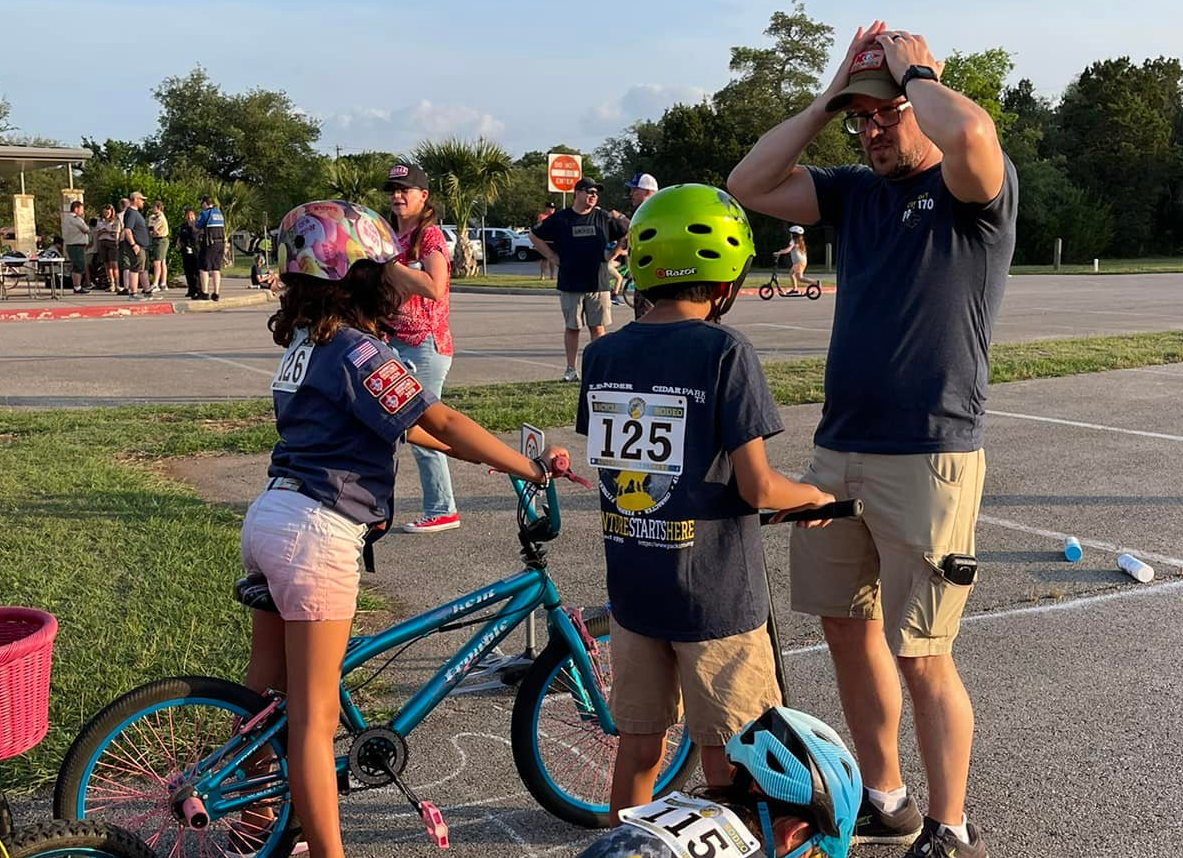
You will need a table with pens and sign-in sheets where participant info is gathered and race bibs are handed out. Record the bib number for each participants.
If you can bring a printer and laptop, once sign-ins are done, you can print out score sheets for the stations while the safety brief is going on. It can also be used to print award certificates on-the-spot. Otherwise, preprint blank score sheets with all bib numbers for the stations and blank certificates to hand write the names of the winners.
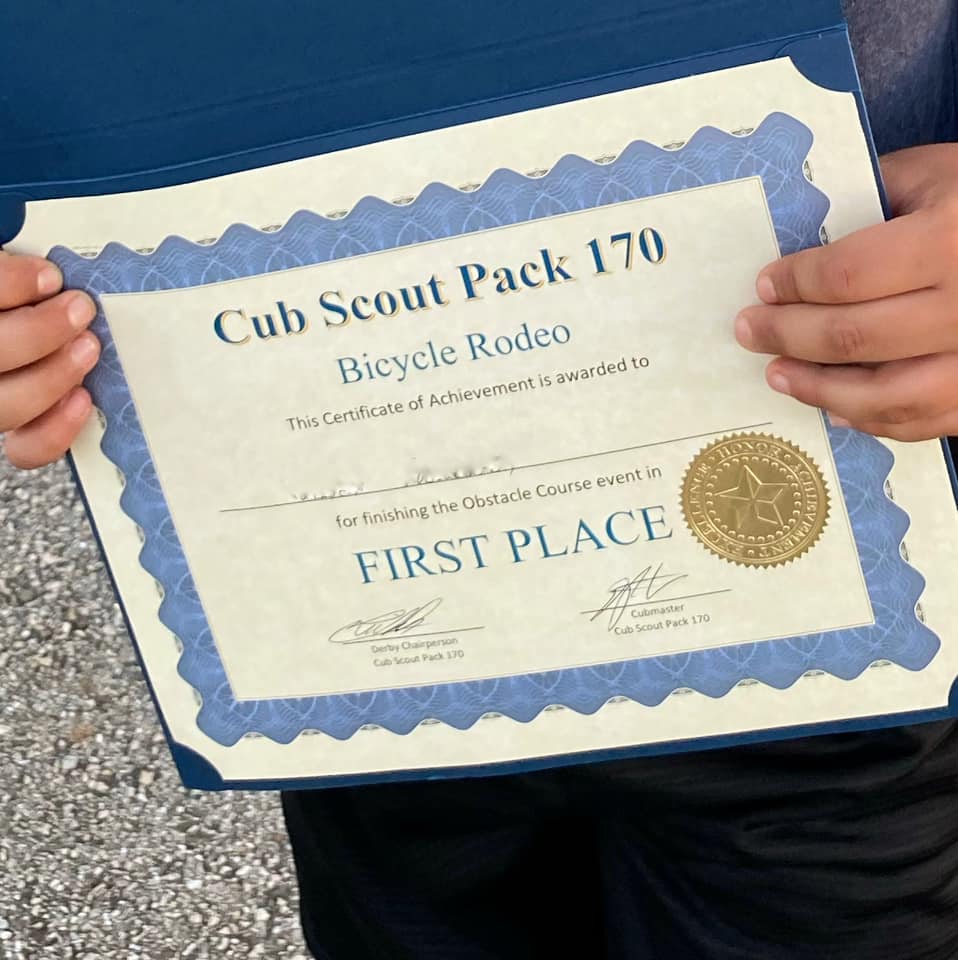
Awards
Awards are important for any derby and Bicycle Rodeo is no exception. If you use this derby as a pack recruiting event, you need to have the awards ready to present at the event because some of the winners may not be at your next Pack meeting. Certificates like the ones pictured here are great and you can easily print your own.
An alternative to traditional awards would be to get bicycle flat repair kits, multitools, reflective tape, or other inexpensive, bicycle-related, useful items as prizes and attach a congratulatory phrase to it like “Slow & steady wins the race… and you did just that!” for the Turtle Drag Race winner. Of course candy or other snacks with similar attached phrases work also.
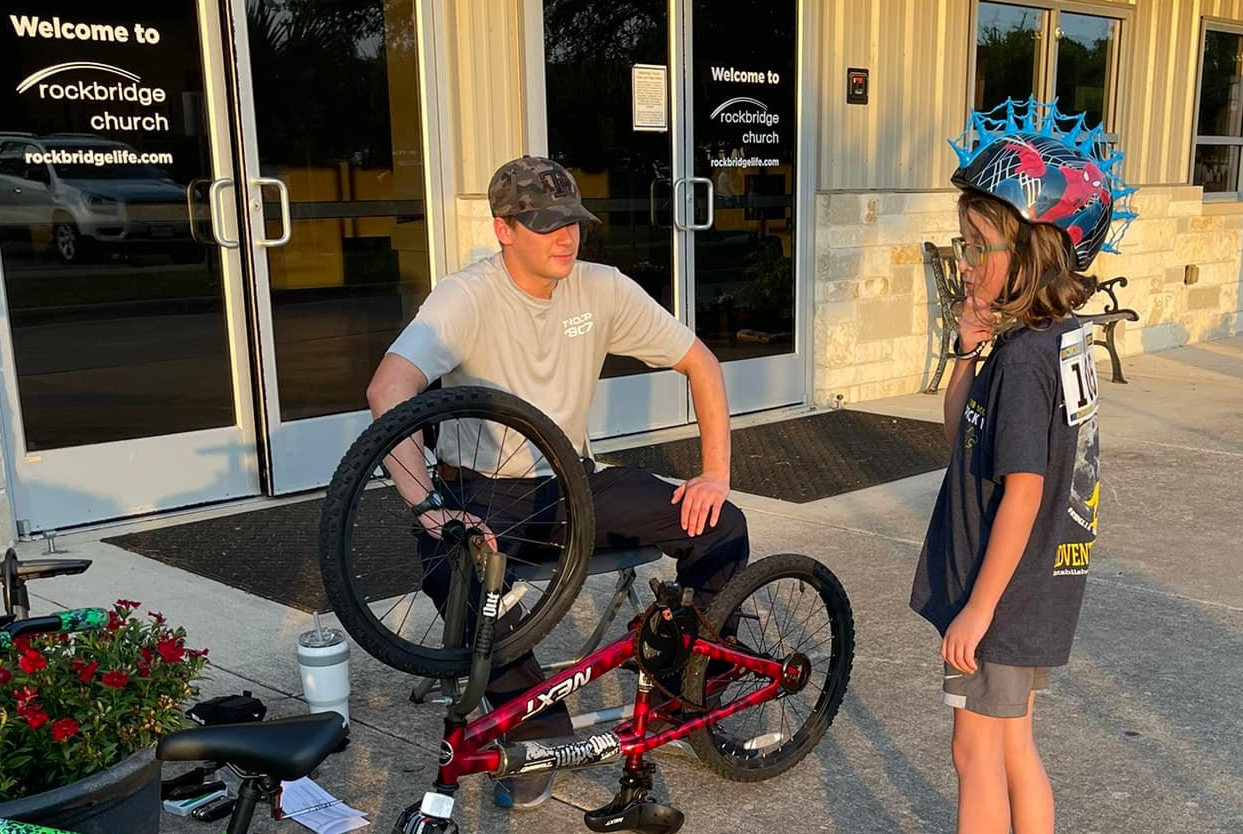

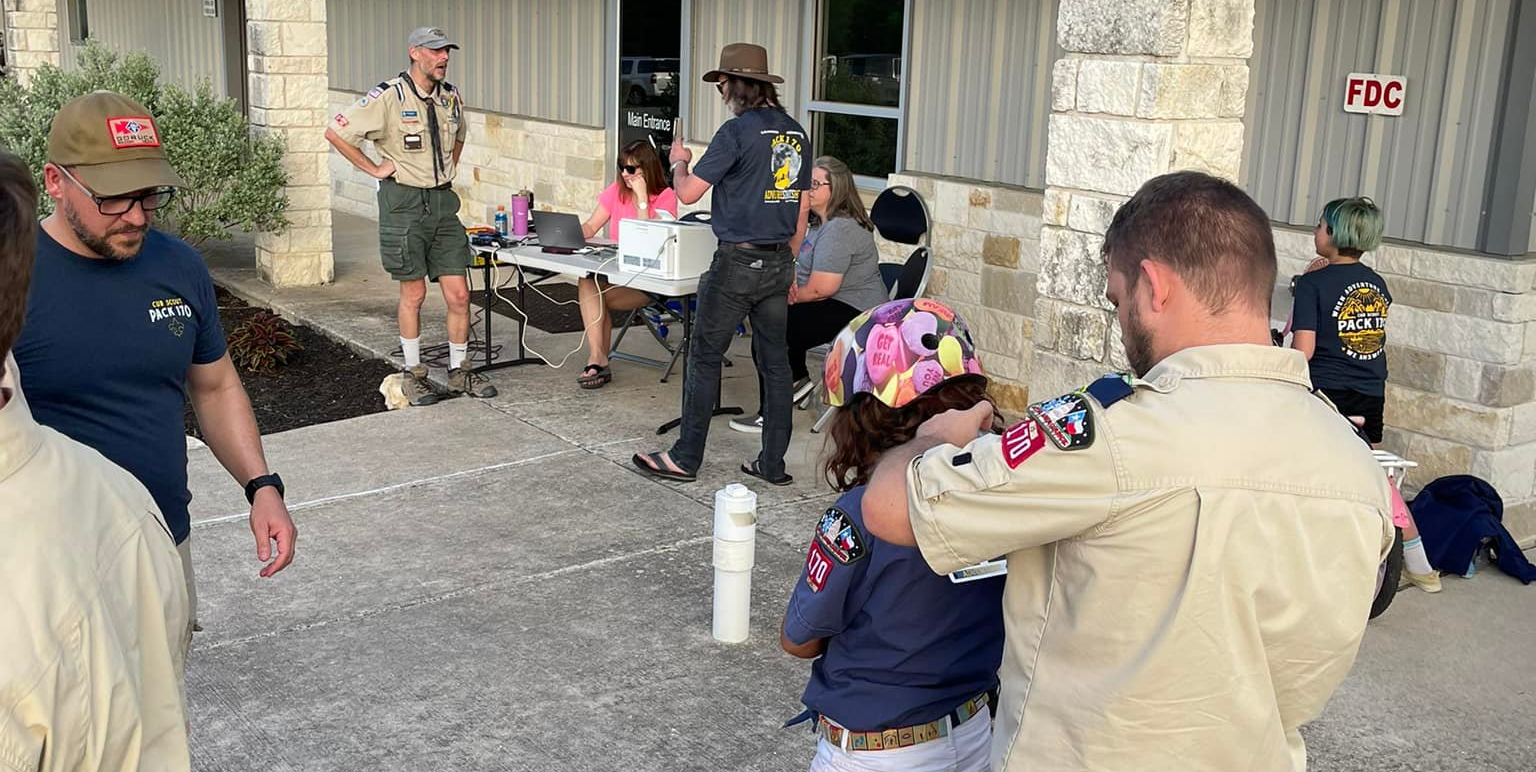
Remember, you will only get out of it what you put into it so do your best and you will have the best time.

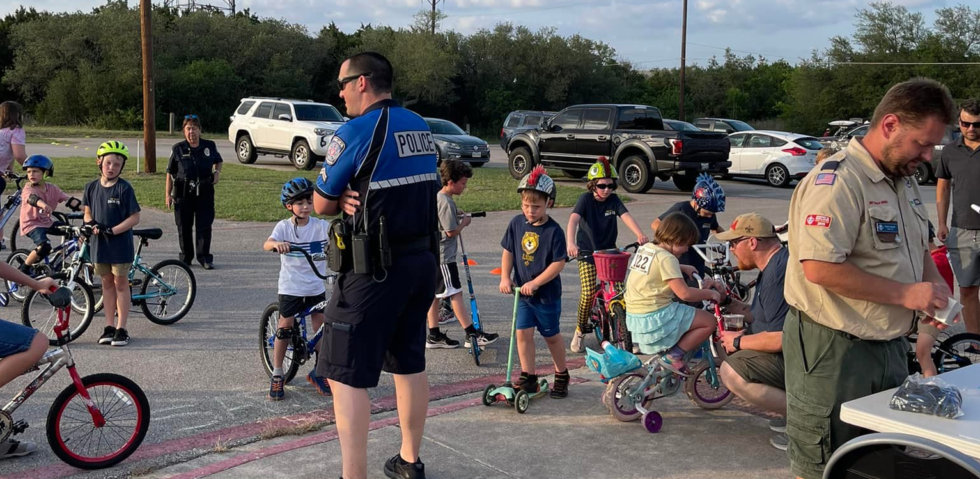
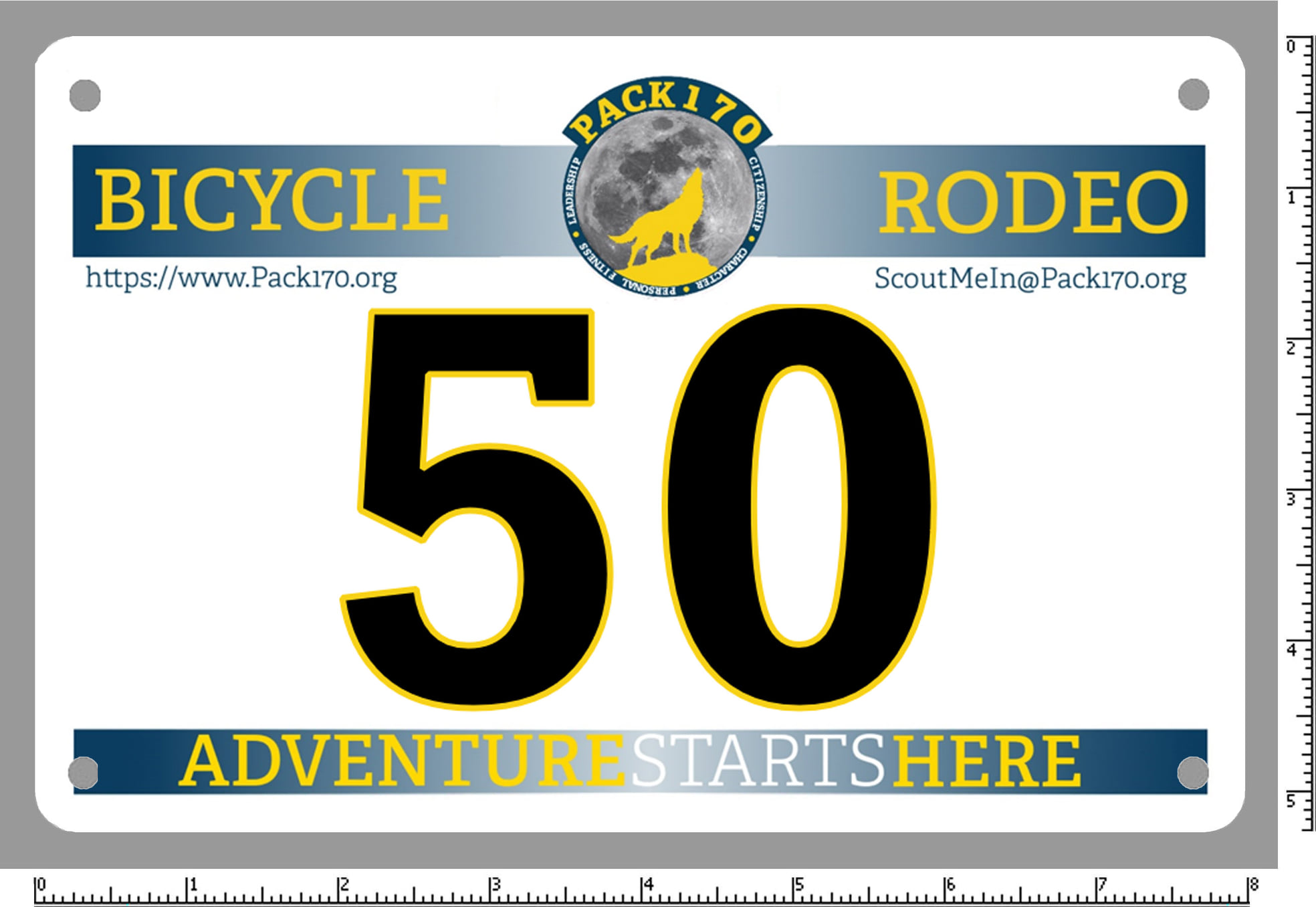
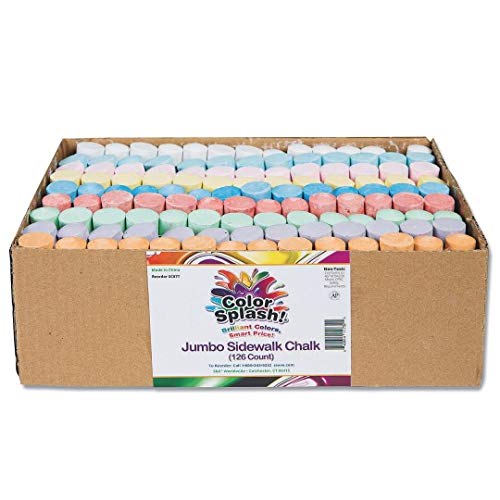
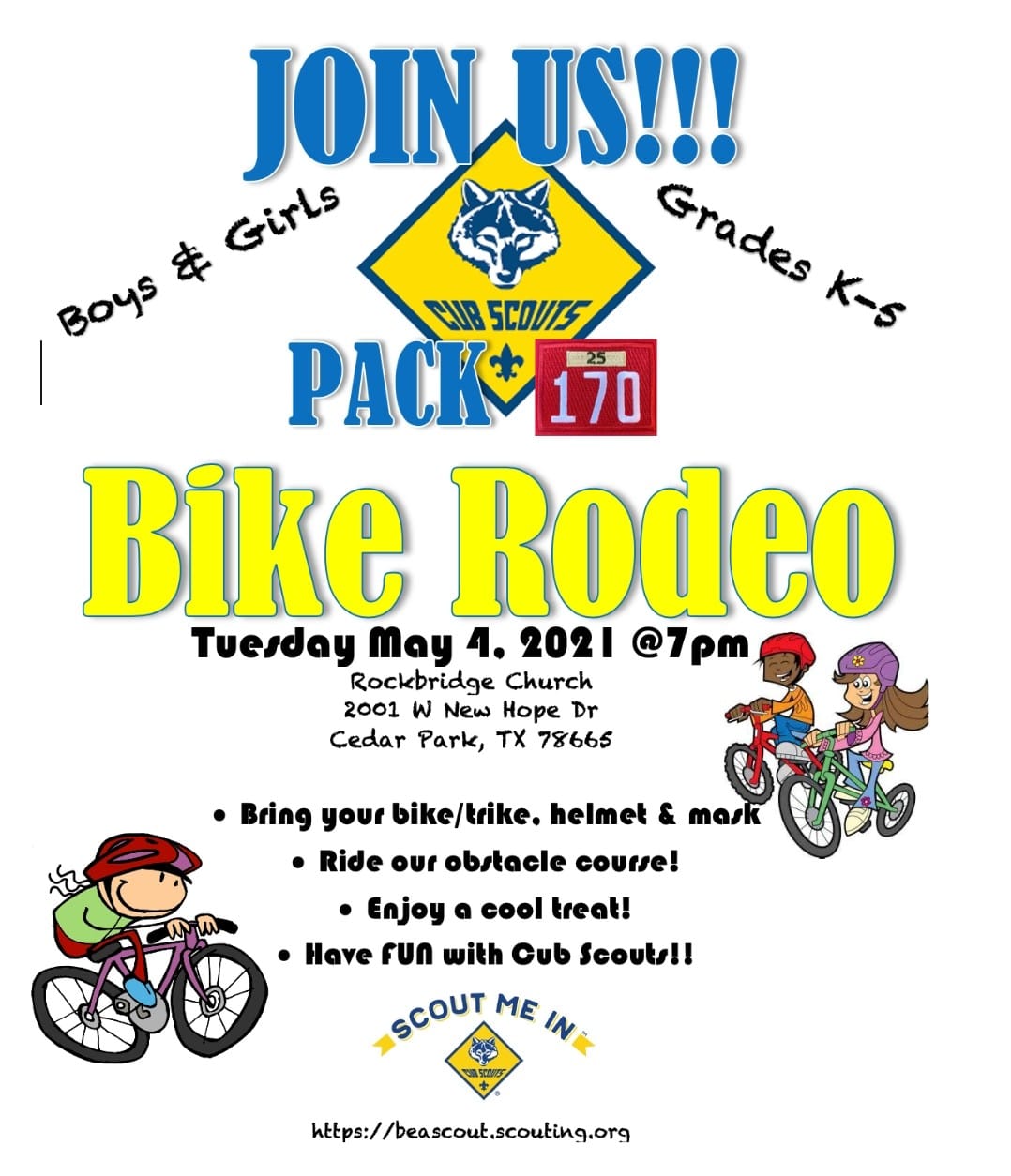
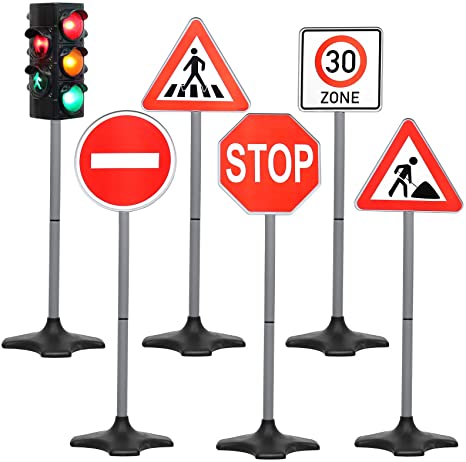
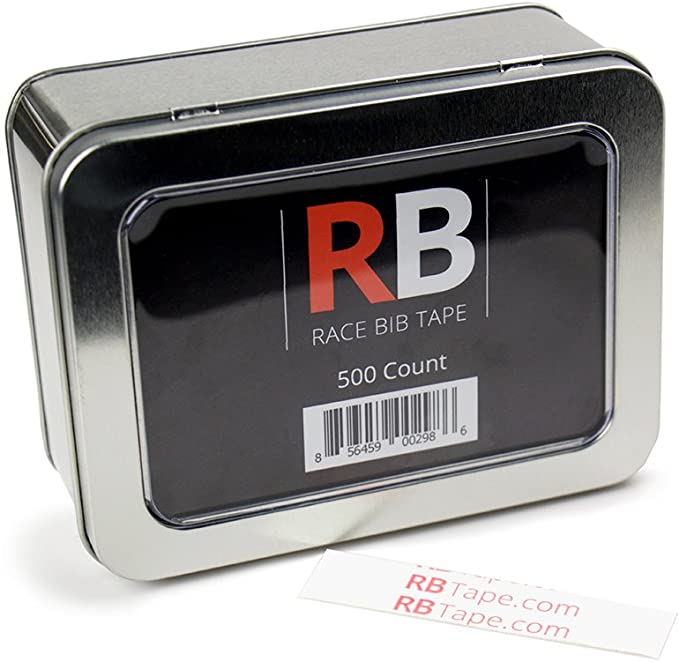
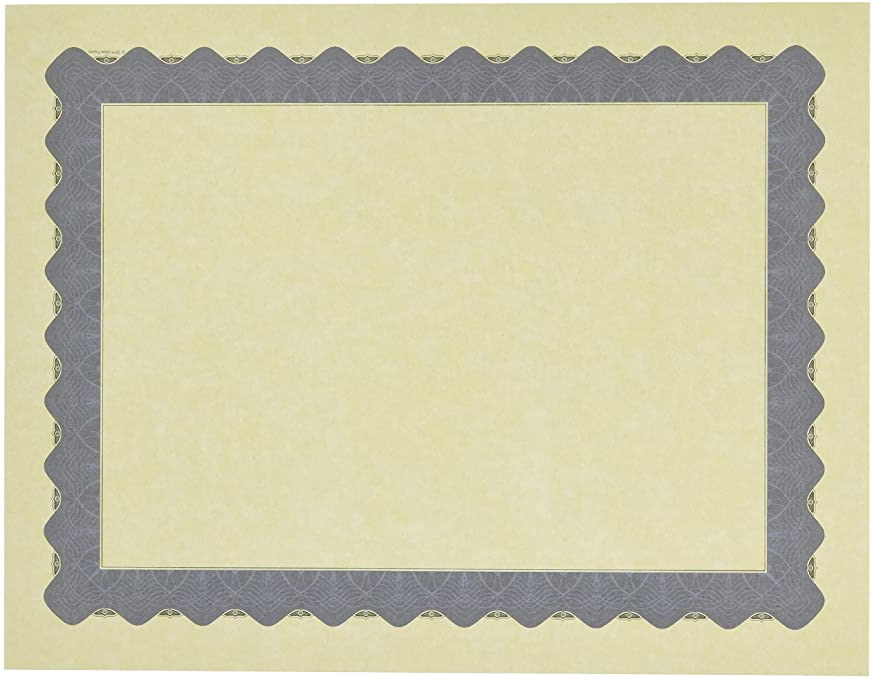
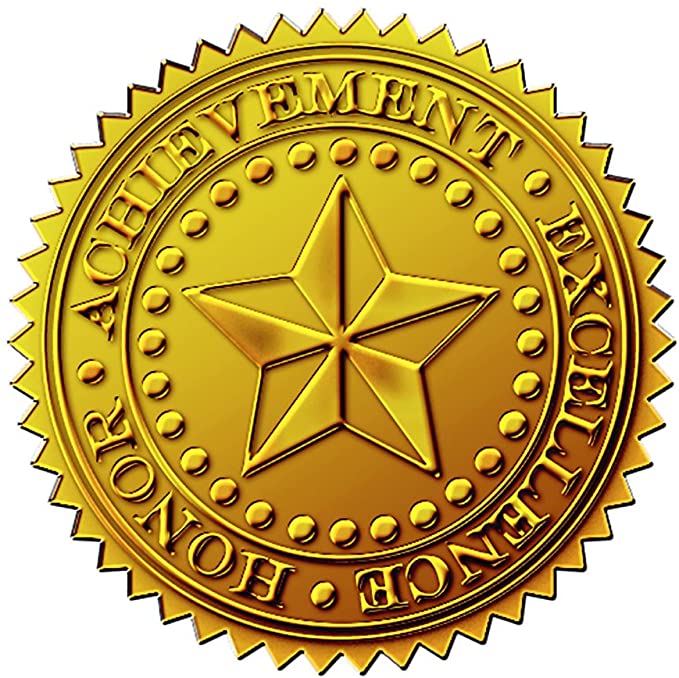

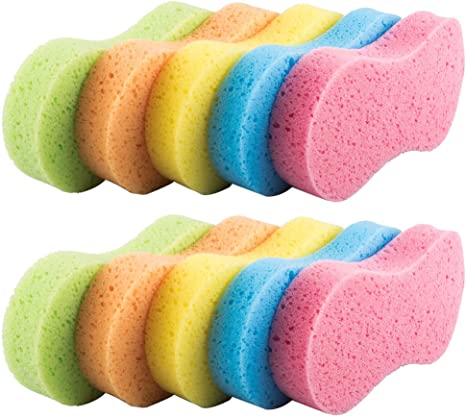
Recent Comments